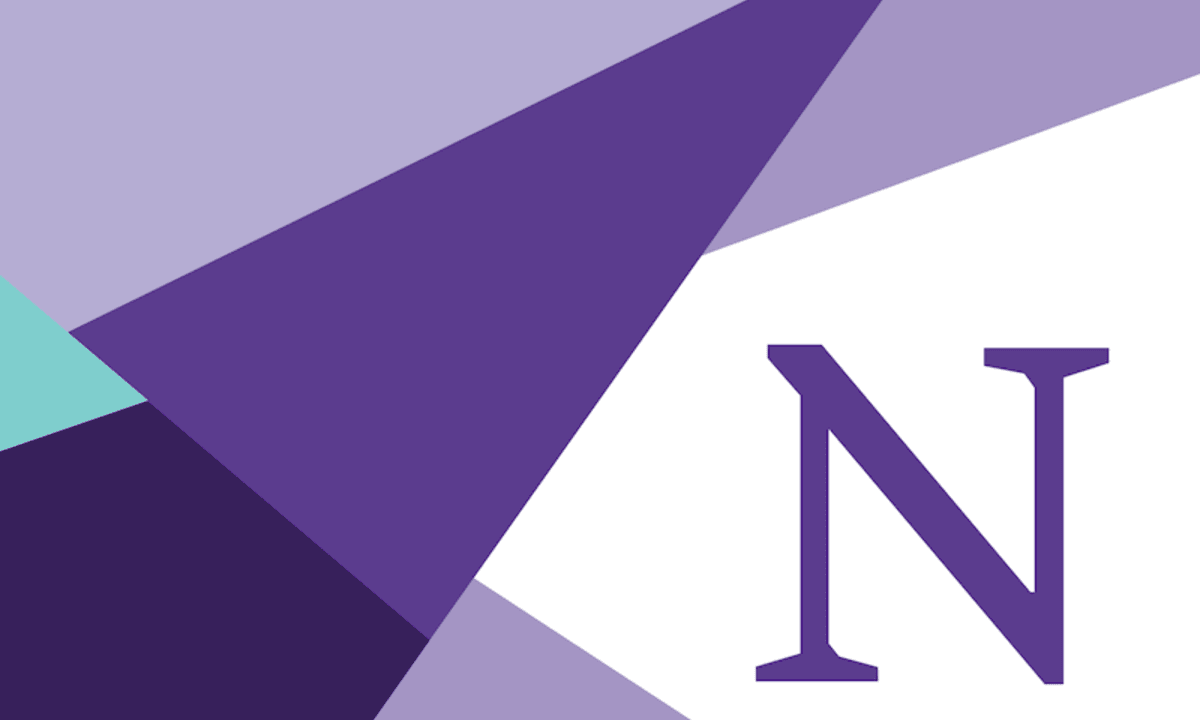GRATIS
University of Houston System vía Coursera
GRATISPowerful Tools for Teaching and Learning: Digital Storytelling
Acerca de este curso
- WEEK 1: Choosing a Topic and Defining your Purposes
- Week 1 introduces you to the basics of digital storytelling. You will explore the fundamental elements of a good digital story and review examples used by educators across a varied curriculum. By the end of this week, you will be able to choose a topic and define the purpose of a digital story you will create for your classroom or informal learning setting. You may access the course materials for this week from the links below, or from the navigation bar on the left side of this page.
- WEEK 2: Writing an Effective Script and Creating a Storyboard
- In Week 2, we will focus on scriptwriting, storyboarding, and Creative Commons. We will begin by discussing the steps in developing and writing a script for the digital story you will create in this course. We will explore the basic elements of the script, such as introduction, character development, tension and resolution that are necessary in developing a script. Then, we will also examine the importance of selecting appropriate images and creating a storyboard. In Week 2, you will learn not only the functions and the sequences of a storyboard, but also the most useful ways to locate images, such as using photos taken with a digital camera and images downloaded from the internet based on the size, quality, type and usage rights. A step-by-step approach will be used to illustrate how these images can support your own script as a part of creating a digital story. By the end of this week, you will begin to understand the important steps and elements of scriptwriting, and be able to envision your story's script in a visually interesting storyboard.
- WEEK 3
- In week 3, we will focus on how you can record audio narration that will be used in your digital story. We will examine some of the most common types of microphones and recording devices that you can use to record the script you wrote. We will also demonstrate how to record and edit your digital audio files using Audacity, free audio recording software available for Windows and Macintosh computers. Of course, if you prefer, you may use any audio editing program to record and/or edit your narration. The important thing to remember is that recording your own voice is a key component of the digital storytelling process since it explains the information you are presenting and provides a personal touch to your story. We feel strongly that this part of the process should not be overlooked. This week, we will also explore how you can find and download appropriate music that supports the theme of your story. We will focus on music that is in the public domain or is free of copyright restrictions so that it can be used in your digital story legally and at no cost.
- WEEK 4
- In Week 4, we will explore how to assemble all of the elements (text, images, narration, and if you choose, music and/or video clips) to create the final version of your digital story and publish it online. You may use any video editing software program of your choice, and you may find a list of software options, Web 2.0 tools, and mobile apps, on the Educational Uses of Digital Storytelling website (http://digitalstorytelling.coe.uh.edu).
- Week 5
- In Week 5, you will reflect on what you have learned in this course, how you dealt with each component of the digital storytelling process and discuss the challenges you faced, as well as how you dealt with these challenges in creating your digital story. In addition, you will have the option of revising the final version of your digital story based on the feedback you received. Please note that you may choose to use the version of your digital story that you submitted in the previous week as the final version. If this is the case, you do not need to revise your digital story, but you should still complete the Final Digital Story Assessment as one of this week’s assignments.
Cursos relacionados

GRATIS Aprendiendo a aprender: Poderosas herramientas mentales…
Deep teaching solutions
Español

GRATIS Programación para todos (Introducción a Python)
University of Michigan
Inglés

GRATIS The Science of Well-Being
Yale
Inglés

GRATIS Negociación exitosa: Estrategias y habilidades esenciales
University of Michigan
Inglés

GRATIS Primeros Auxilios Psicológicos (PAP)
Universitat Autónoma de Barcelona
Español

